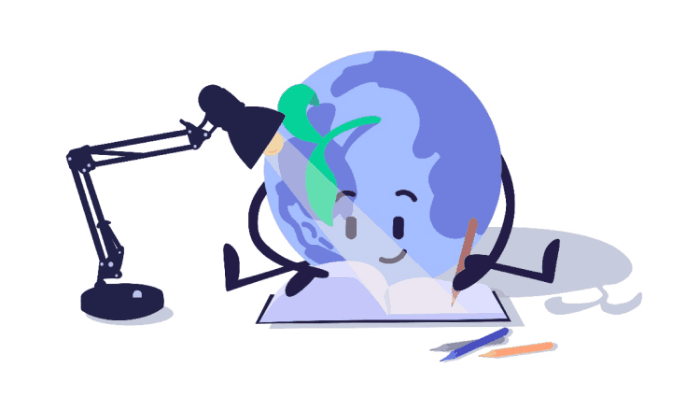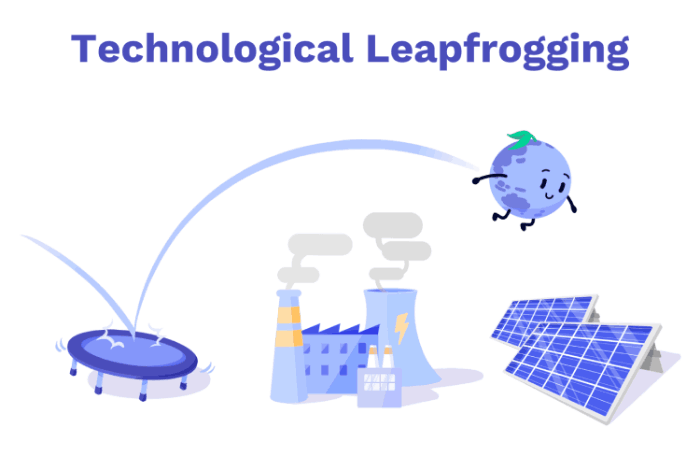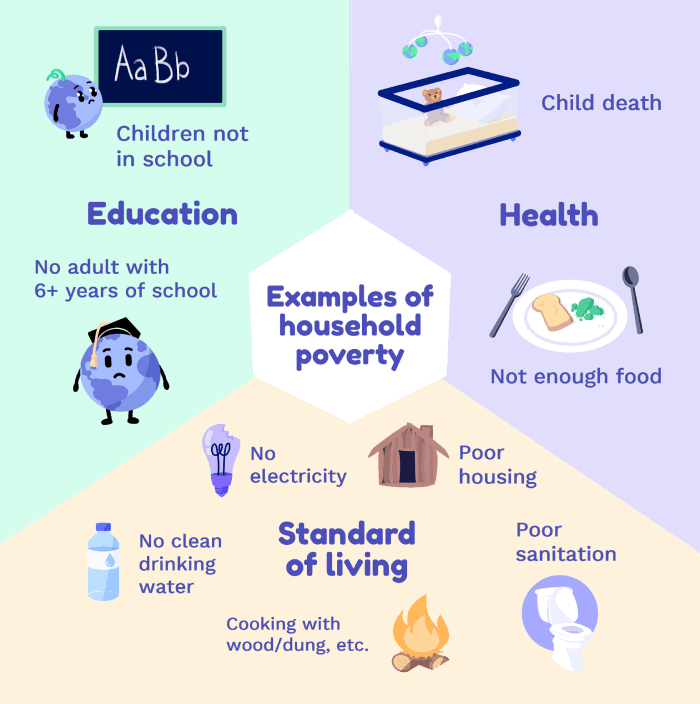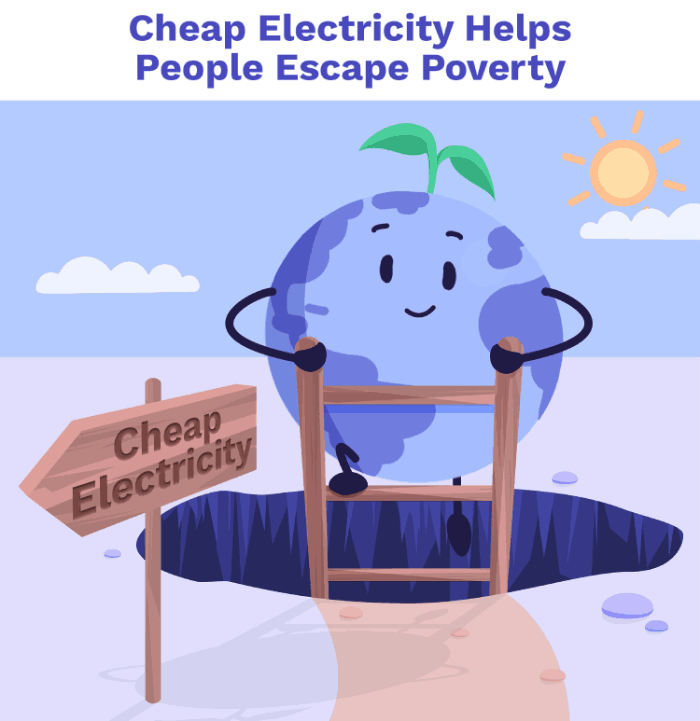Solve Poverty: What is the Right Way to do it?
9 minute read
Updated on: 29 Mar 2021
Poverty is a complicated issue, and the climate crisis is already intensifying its impacts on the most affected people . But there’s hope! In this chapter we’re going to examine the links between poverty and the climate crisis, and investigate the opportunities for renewable energies to combat both poverty and climate change.
What is poverty?
In 2015, 730 million people were surviving on less than $1.90 per day .
That’s 1 in every 10 people living in ‘extreme poverty’ !
But poverty isn’t only about money: people can suffer from poverty in many ways . The United Nations defines poverty as being a “denial of choices and opportunities”
.
According to this definition, these are some of the ways in which people can suffer poverty :
Energy and poverty
But what does this have to do with climate change?
Electricity is one way we can link poverty and climate issues.
In 2016, 13% of the global population did not have access to electricity . Without it, people can’t achieve a basic standard of living
. Despite this, current progress means that it will take until 2080 before everyone in Africa has access to electricity
!
The lack of electricity prevents people from escaping poverty because they must use inefficient and expensive energy sources instead, like batteries and candles
. Kerosene lamps are the most common source of lighting, but they are also one of the least efficient
.
This is reinforcing current inequalities .
This is a clear poverty trap in action: high energy prices for the poorest people consumes the money that would otherwise help them escape their poverty. By providing electricity to the poorest households, this money could be saved and used to meet other needs .
A lack of electricity also impacts health and education, holding back development .
Healthcare systems struggle to work properly without electricity . It’s needed to refrigerate medicines, operate medical machinery, light hospitals, and so much more
. In much of Africa, vaccines are wasted because 60% of the fridges used to store them don’t have a reliable energy source
.
Educated workers, like doctors and teachers, may struggle to work effectively in rural areas without electricity. This further reduces the opportunities and services available to the local people .
Children’s schooling also suffers because they might struggle to complete their homework without electric lighting at home . Young girls are particularly likely to drop out of school because their families need them to collect firewood for energy
.

Access to electricity impacts health and education
If you live in the developed world, it’s easy to forget that reliable electricity is the foundation of the decent standard of living that everyone deserves .
Electricity to end poverty
Increased electricity access is associated with less poverty and more economic growth ; energy often leads to development
.
This graph shows the link between electricity use and poverty. Countries with high electricity use mostly have low poverty levels .
This all sounds great – energy drives economic growth which lifts people out of poverty . Also, as countries get richer, the population growth rate tends to fall
.
Unfortunately, it’s not quite that simple…
As countries get richer, each person consumes more and the emissions released per person rise
. This means that even though the population is smaller than it would have been, the overall size of a country’s carbon footprint almost always rises as it gets richer
.
So, energy has driven economic growth and lifted millions out of poverty . But most of this energy has been produced from fossil fuels, which is unsustainable
. It is this unsustainable economic growth that has caused the current climate crisis
.
Can we learn from the past?
So, is there a way to lift people out of poverty without contributing to climate change?
Yes! So far, rich countries have used fossil fuels to power their development but are now switching to low-carbon energy sources
.
In regions that have never had electricity before, it is possible to adopt renewable energy first, without ever having used fossil fuels . This is called technological leapfrogging
.

Technological leapfrogging to clean energy
For example, solar panels and wind-turbines can be built more quickly than fossil-fuel power stations and in remote ‘off-grid’ locations . This means individual households or villages can have their own, reliable, renewable electricity source
!
How can we pay for clean energy?
While this technological leapfrogging sounds great, we face some obstacles in paying for renewable and clean energy in poor countries . For example, the infrastructure of renewable (and nuclear) energies have higher set up costs than that of non-renewable energies
:
This graph shows that most of the costs of renewable energy are during the building phase. Coal and gas plants can be less expensive to build but they cost more to run .
This can make it hard for developing countries and communities to choose renewable and clean energy: they don’t have the money needed to set them up and, in the short term, fossil fuels appear to be cheaper.
These financial barriers can be overcome with support from wealthier countries, for example in the form of donations or loans .
Between 2005 and 2016, donations from rich countries to support clean energy and energy efficiency projects in the developing world are estimated to have reduced emissions by 0.6GtCO₂eq a year . This is equal to 1.1% of the 2018 total greenhouse gas emissions (CO₂eq)
.
Conclusion
Every individual has the right to a decent standard of living . Every country has the right to develop
.
In the past, fossil fuels provided the energy needed to develop and escape poverty. However, their use has also accelerated the current climate crisis . Now, technological leapfrogging allows developing countries to use low-carbon energy to drive their economic growth instead of fossil fuels
.
Bringing renewable energy to those that need it reduces poverty without necessarily increasing emissions
!







